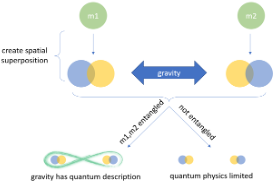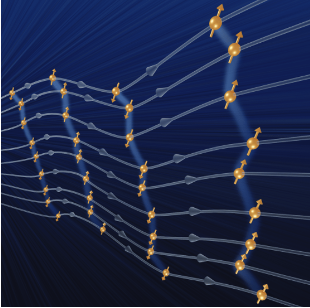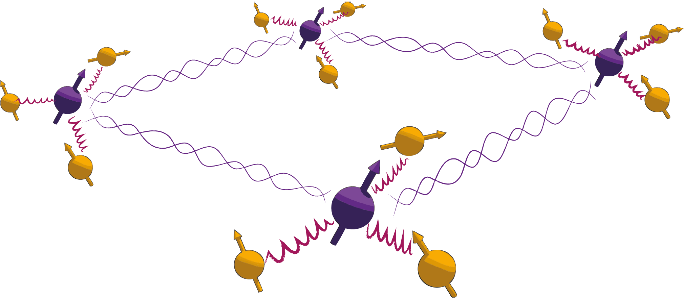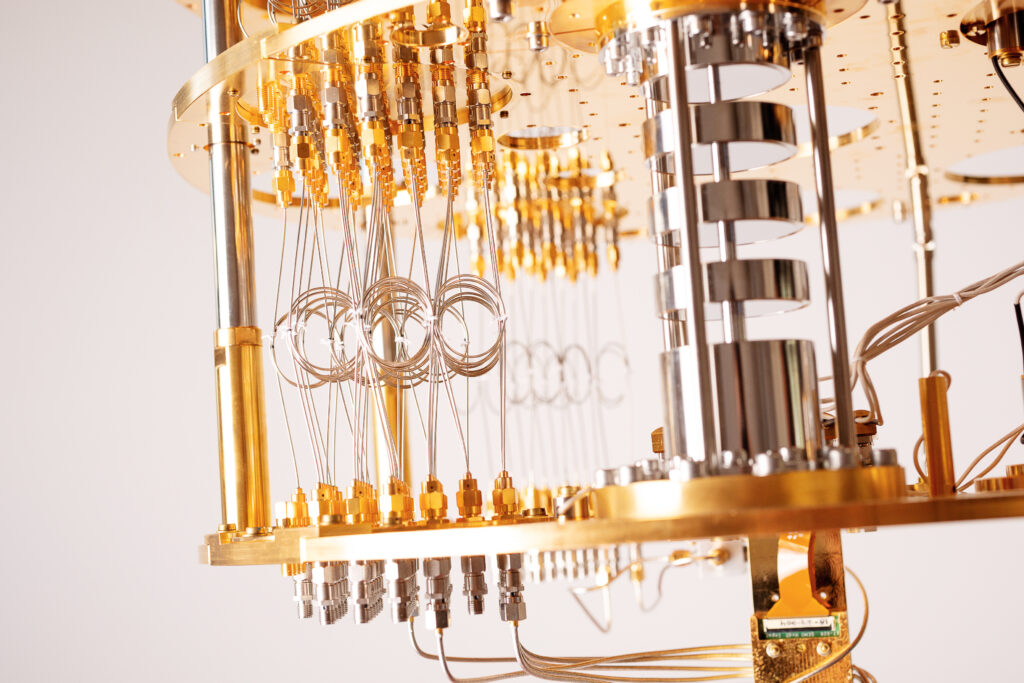In the early 1900s, the limits of the known laws of physics led to the birth of quantum physics, overthrowing the classical deterministic description of our world and replacing it with one based on probability and information: the wavefunction. We do not experience phenomena such as quantum superpositions and entanglement in our daily life – we never see two teams scoring on opposite sides of the field at the same time. This is the main reason why quantum mechanics is counterintuitive. Yet the theory has become the most successful and well tested description of fundamental particles, propelling existing applications, ranging from lasers to transistors, and opening completely new applications in the form of quantum computation, communication and sensing.
Despite its success, quantum theory itself raises important new scientific questions when taken to its limits. Some questions have posed a central challenge in physics for decades while others have emerged in recent years through advances in quantum information. The answers stand to transform our understanding of physical reality itself in a similar fashion as the advent of quantum physics has done a century ago.
Now, using the modern tools of quantum physics and nanotechnology we developed in recent years, we will finally be able to explore the questions that emerge at the edges of our current understanding. We will study the limits of quantum physics along four axes: mass, complexity, time, and space.
MASS – Gravitational limits to quantum physics
COMPLEXITY – What are the quantum limits of complexity?
TIME – Limits to quantum coherence and thermodynamics
SPACE – Limits to multipartite nonlocality and quantization of space

Fig. MASS: Schematic depiction of the proposed experiment to test whether gravity is of quantum nature.

Fig. TIME: Artist’s impression of the discrete time crystal made at QuTech. A chain of connected spins is locked in a phase where they periodically invert their state, despite a noisy environment. DOI.

Fig. SPACE: Four-node quantum network to probe whether wavefunction collapse is instantaneous.

Fig. COMPLEXITY: Quantum surrogate models can make AI more explainable.


